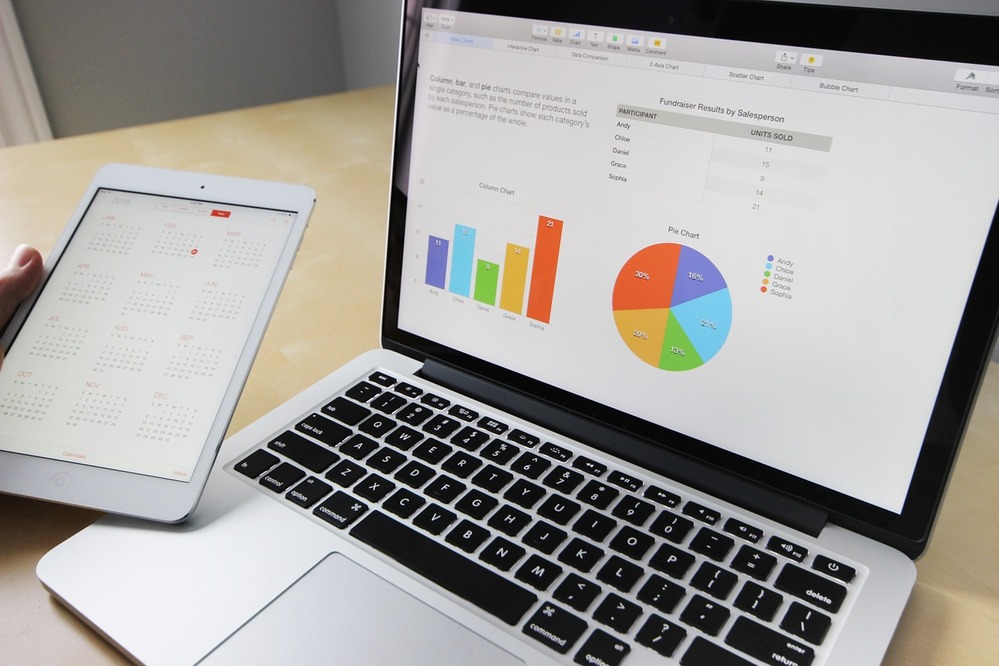
It's essential for tax professionals to have a deep understanding of both primary and secondary sources of information. To help you improve your tax research regarding both effectiveness and efficiency, we will cover the following:
- Opinion letter
- Available resources
- Artificial intelligence
Why is tax research critical?
Tax laws change constantly, and conducting tax research saves time, reduces the risk of errors, and improves outcomes. Although Artificial Intelligence (AI) has simplified some aspects of research, it is not a cure-all for the majority of complex tax issues; the skills needed remain crucial.
The ability to conduct thorough tax research has never been more important, especially given the increasing complexity of tax regulations. Ask any tax professional about the intricate rules governing Pillar 1 and Pillar 2, or the over 600 pages of proposed regulations on the Corporate Alternative Minimum Tax. Tax professionals must have a deep understanding of both primary and secondary sources of information.
Before beginning tax research: Writing an opinion letter
Before starting tax research, you need to develop a complete and accurate understanding of the relevant facts and issues. Any gaps in the factual basis can lead to incorrect conclusions.
First, you must consult with clients to confirm the facts gathered before beginning research to ensure accuracy. Once you have confirmed the facts, you can structure your research as if you are preparing a formal tax opinion, especially when addressing complex issues.
A well-organized tax opinion typically includes:
- Introduction: State the issues involved, framed accurately to guide the tax research. Outline the researcher’s responsibilities, reviewed documents, and any disclaimers in this section.
- Facts, Representations, and Assumptions: Summarize all pertinent facts needed for the opinion, based on transactional documents, assumptions, and client representations.
- Tax Law Analysis: This is the core of the opinion letter. Present the relevant law and rationale that support the conclusion. Conclusion: Summarize your findings and provide the final opinion.
Selecting available resources for tax research
In a world where most information is available online, the challenge is not accessing tax research data but rather verifying its reliability. Trusted sources are essential. One effective way to organize tax information is by categorizing it into primary and secondary sources.
Primary Sources
Primary Sources are legally binding and authoritative documents that establish the law and regulations for taxpayers and the IRS. These sources provide official rules, requirements, and interpretations, including:
- United States Constitution: As the supreme law, it underpins federal taxation, with the 16th Amendment authorizing Congress to levy an income tax.
- Tax Statutes: These laws, enacted by Congress and codified in the Internal Revenue Code (IRC) under Title 26, also include tax treaties.
- Treasury Regulations: Issued by the U.S. Department of the Treasury or IRS, these regulations provide detailed guidance on interpreting and implementing the IRC. They come in forms like Final, Temporary, and Proposed.
- IRS Guidance: Primarily issued by the National Office of Chief Counsel, this includes Revenue Rulings, Revenue Procedures, Chief Counsel Advice, Technical Advice Memoranda, and more. All written Chief Counsel correspondence is accessible under the Freedom of Information Act.
- Judicial Decisions: These encompass cases from the U.S. Supreme Court, Federal Appellate Courts, Tax Court, and others. These decisions range in issues concerning statutory interpretation, constitutional law, international tax, substance versus form, etc.
Secondary sources
In contrast, Secondary Sources are not legally binding but help clarify primary sources. Often, practitioners review secondary sources to gain an overview before analyzing primary sources for tax research, though only primary sources should be cited in final reports. Key types of secondary sources include:
- Tax Treatises and Textbooks: Detailed analyses by academics and tax experts on specific tax areas.
- Tax Services and Databases: Typically subscription-based, leading options include CCH AnswerConnect, Bloomberg BNA, Checkpoint Edge by Thomson Reuters, and Westlaw. These vetted databases provide high-quality content.
- IRS Publications: Unlike primary sources, these provide guidance without legal authority. Legal Periodicals and Journals: Academic and peer-reviewed articles, such as The Tax Law Review from NYU and Tax Notes Today (TNT), are excellent for current tax topics and emerging issues.
Selecting a database or research resource is a personal decision, similar to choosing tax software. Most professional software delivers the same conclusions, differing only in functionality. Bloomberg BNA offers daily news updates and extensive tax annotations, while Westlaw excels in case research with its comprehensive tracking, citators, and commentary.
Using artificial intelligence to complete tax research
AI in accounting and tax research is here to stay, and although AI has vast promise, it is still developing and not yet fully accurate. This is especially true for complex transactions or the latest tax rulings.
Despite these limitations, you can use AI in various tax applications, and it is particularly exceptional for simplifying established laws and providing innovative ideas for tax planning, though some suggestions may be invalid. In the future, AI programs will likely conduct tax reviews to verify accuracy and identify missed planning opportunities.
Currently, many databases incorporate some AI into their search engines. Consider exploring dedicated tax AI tools like TaxGPT (distinct from ChatGPT) and Blue J, which are poised to become leaders in the tax research space.
Take the next step with Becker CPE courses
If you'd like to learn more about tax research and other important topics, Becker has over 200 tax CPE courses to choose from, including:
- Tax Research Basics
- S Corporations from A to Z
- Partnerships and Multiple-Member LLCs: Taxation and other Considerations
Access these CPE courses plus over 700 on-demand classes, CPE podcasts, live webcasts and more with Becker's Prime CPE subscription—the best value in continuing professional education!







